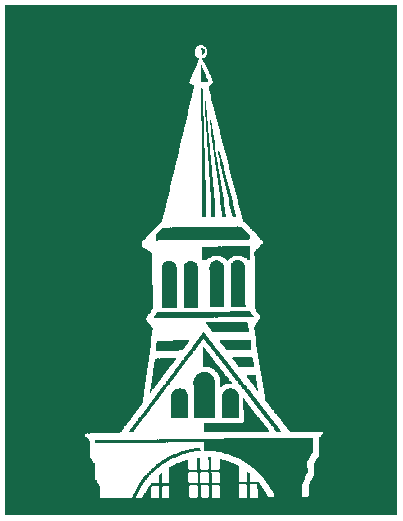Letter from GEORGE PERKINS MARSH to HIRAM POWERS, dated November 25, 1847.
Primary tabs
Dear Sir
I received by due course of mail your official & private letters, and Gov. Paine and myself made a report, recommending your employment to execute the statues of Allen & Chittenden. The report has as yet only appeared in the newspapers, & is so incorrectly printed, that I do not like to send you a copy until it appears in a more accurate shape.
The committee of the legis-
lature to whom the subject was referred made a
report at a late period of the session, declining to recommend the immediate
execution of the statues, but proposing that measures be taken to obtain a copy of a
likeness of Allen, which has been discovered at Montreal since I wrote you. This, I
have no doubt, is designed as an initiatory step, and I have great confidence in
expressing the belief that the legislature will give you an order at an early day.
The commercial embarrassments of England and our great maritime towns have produced
a general panic
throughout the country, and it happened unfortunately, that a
couple of local questions of great interest so completely occupied the time of the
legislature that no leisure was left for the consideration of other topics. It was
owing to these circumstances, I have no doubt, that our plan was not so favourably
received as we had hoped, but as they are not likely to occur another year, I shall
look forward to the next session with strong expectation of better success.
I had the great pleasure of seeing your Greek
Slave in New York, and though it will be but a poor compliment from one who
has seen so little, yet I can truly
say that it is the most beautiful object I
have ever looked upon and fully confirms the high opinion which Mr Carey's bust of Proserpine had given me of the genius of
its author.
I hardly know whether a strong passion for art, without the means of often gratifying it, is a blessing or a curse, but whichever it may be, it is one that I share in common with a very large proportion of my countrymen, and it is a source of great gratification to every cultivated American, that the few productions which have reached us from the chisel of our great sculptor are of such excellence, that their merit atones for the fewness of their number.
I trust that public munificence or private wealth will soon put us in possession of other works of yours, and I regret that my own reduced means do not allow me to order something from the hand of one who has done so much to make me proud of my birthplace and my countryman.
My own collections have been limited to engravings. Of these I have a large number selected with special reference to
the illustration of the history of the art of engraving, but embracing of course the
whole field of the imitative arts. This, though an inadequate, is an agreeable
substitute for
painting & sculpture, which are out of my reach, and I
have been able to make my series of the works of all the periods of this art
respectably complete. That I shall ever see the originals from which these
representations are taken is very improbable, but I do not absolutely despair of
visiting Italy at some future though distant day.
I will send you soon copies both of our report and of that of the legislative
committee, and shall take great pleasure in writing you from time to time and in
hearing from you as often
as may suit your convenience.
I am, dear sir,with the highest respectYour friend & servantGeo P. MarshHiram Powers Esq Florence
P.S. Since writing the above I have received the report of the Leg. Com. & enclose it. The resolutions were adopted.
G P M
References in this letter:
Charles Paine (1799-1853) was governor of Vermont 1841-43 and a leading proponent of the Vermont Central Railroad, which opened in October 1848.
Powers never made a statue of either Thomas Chittenden (1730-1797), Vermont's first governor, or of Ethan Allen (1737-1789). A marble statue of Allen for the portico of the Vermont State House was eventually executed by Larkin Goldsmith Mead and unveiled October 10, 1861. An eight-by-six foot engraving of Chittenden by H.P. Hall was installed in the State House in 1873.
Powers' most famous statue, the Greek Slave, a full-length nude standing female figure with shackles about her wrists, was inspired by the continuing Greek struggle for liberation from Ottoman rule. It was modeled in clay in 1841-43, after which numerous marble replicas were made over a number of years from a plaster cast. Marsh saw one of these replicas when it was exhibited in New York from August 26, 1847 to January 8, 1848. Replicas are owned at present by, among others, the Corcoran Museum of Art, the Yale University Art Gallery, and the Brooklyn Museum.
Commissioned by the Philadelphia publisher and art collector Edward L. Carey, Powers' bust of Proserpine, the goddess of seasonal changes, was modeled in plaster in 1843; the marble version was completed and shipped in 1845, arriving in Philadelphia on the very day Carey died. Later versions of the sculpture, in which floral accessories were progressively simplified, became Powers' most popular ideal bust.
For many years Marsh bought engravings, prints and etchings, eventually amassing one of the finest collections in the country. He sold the collection to the Smithsonian Institution for $3,000 shortly before his departure for Europe as ambassador to Turkey in 1849.
